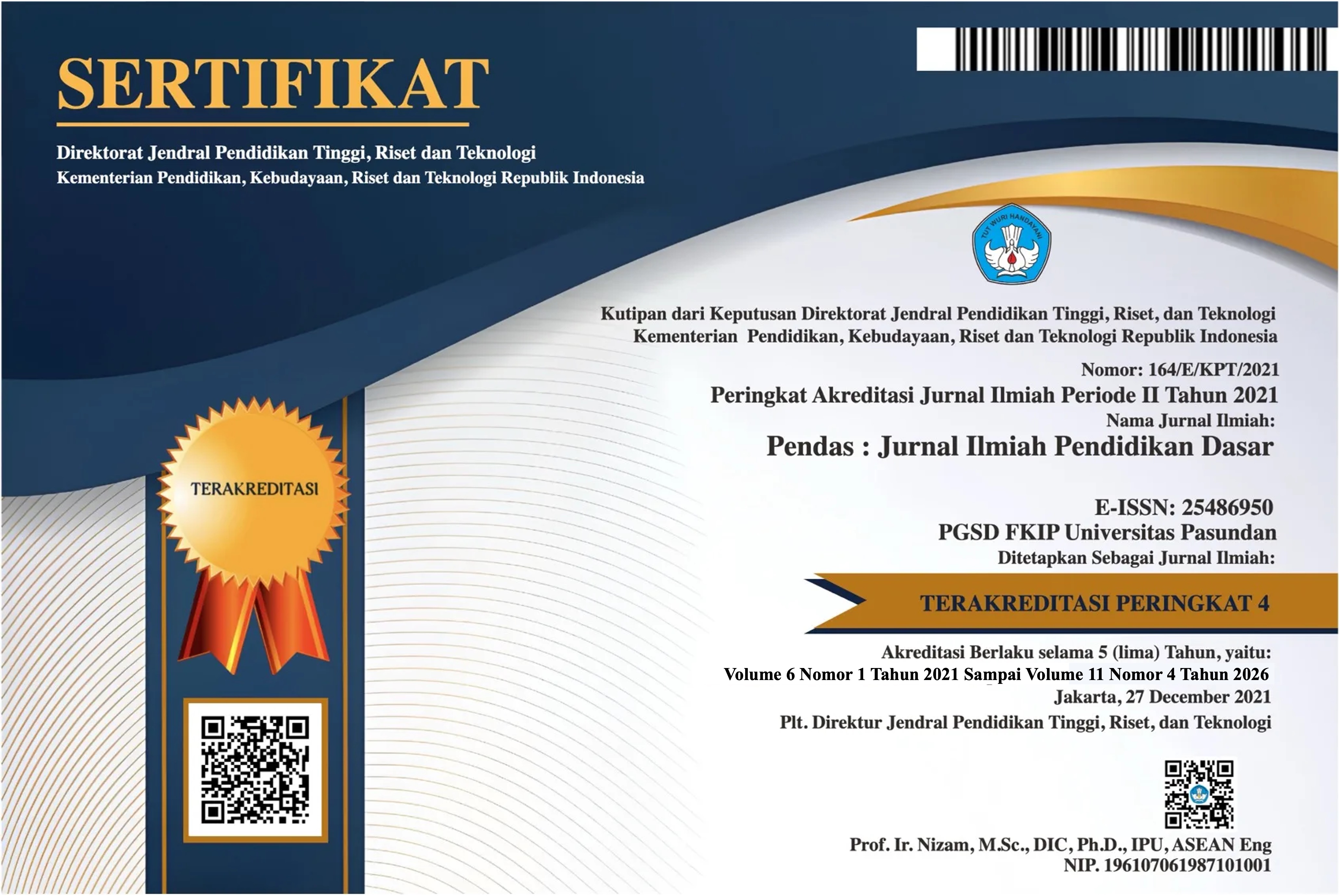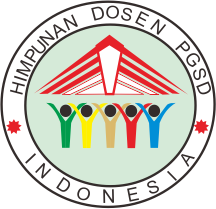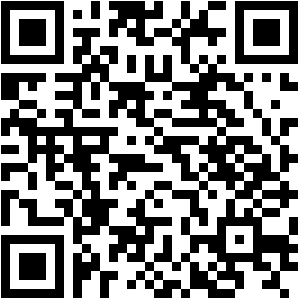PENGARUH BAHASA SLANG DALAM MEDIA SOSIAL DAN INTENSITAS PENGGUNAAN MEDIA SOSIAL TERHADAP KEMAMPUAN BERBAHASA INDONESIA DI KALANGAN SISWA SEKOLAH MENENGAH ATAS
DOI:
https://doi.org/10.23969/jp.v10i04.34611Keywords:
: effect; slang language; intensity of social media use; language proficiency; senior high school studentsAbstract
This study was conducted to investigate the extent to which slang language on social media and the intensity of social media usage influence Indonesian language proficiency among senior high school students. Social media serves as the primary communication medium for teenagers in the digital era, where slang and the intensity of using cyber language can affect their linguistic competence. The research employed a qualitative method using a case study approach, with data collected from students in several high schools in Indonesia. Data collection methods included in-depth interviews, participant observation, and analysis of students’ social media content. The findings reveal that the use of harsh slang and excessive social media usage can disrupt students’ use of formal Indonesian language in speaking and writing. The study also found that students who frequently use slang and heavily engage with social media face challenges in understanding and expressing complex concepts in Indonesian. However, the study also indicates that appropriate use of slang can enrich students’ vocabulary and creativity in language use. This research highlights the importance of proper use of both slang and standard Indonesian, as well as proportional time management in social media use. The findings are discussed in relation to the responsibilities of teachers and parents in guiding students toward appropriate and wise language use on social media, as well as the role of educational policies in developing students’ comprehensive linguistic competence. This study provides insights into the dynamics of youth language use and outlines areas for further research on this topic.
Downloads
References
Bangun, D., Nasution, A., & Sinaga, R. (2024). Pengaruh Media Sosial terhadap Pergeseran Bahasa Remaja di Indonesia. Jurnal Bahasa Daerah Indonesia, 7(1), 1–10.
Emira Hayatina Ramadhan, Selvina Maharani, & Dona Aji Karunia Putra. (2024). Analisis Pola Bunyi dalam Bahasa Gaul di Media Sosial. Tabasa: Jurnal Bahasa, Sastra Indonesia, dan Pengajarannya, 3(2), 45–56.
Mulyana, dalam Sari, R. (2015). Fenomena Penggunaan Bahasa Gaul dalam Percakapan Sehari-hari. Jurnal BERSATU, 1(5), 207.
Pitrianti, R., & Maryani, E. (2023). Bahasa Slang sebagai Kreativitas Linguistik di Media Sosial. Jurnal Ilmiah Semantika, 5(2), 10–15.
Protasis, M. (2024). Dampak Bahasa Gaul terhadap Kemampuan Berbahasa Indonesia Formal di Kalangan Siswa SMA. Jurnal Pendidikan Bahasa Indonesia, 9(1), 60–70.
Ramadhanti, A., Amilia, N., & Suaedi, F. (2024). Variasi Bahasa Gaul di Media Sosial sebagai Identitas Sosial Remaja Digital. Jurnal An-Nas, 6(1), 1–8.
Simanullang, R., Setiadi, A., & Pasaribu, M. (2024). Digital Literacy and Language Change among Generation Z Students. International Journal of Education and Research (IJEDR), 12(3), 1–10.
Wardhaugh, R. (2010). An Introduction to Sociolinguistics (6th ed.). Oxford: Wiley-Blackwell.
Downloads
Published
Issue
Section
License
Copyright (c) 2025 Pendas : Jurnal Ilmiah Pendidikan Dasar

This work is licensed under a Creative Commons Attribution 4.0 International License.


















